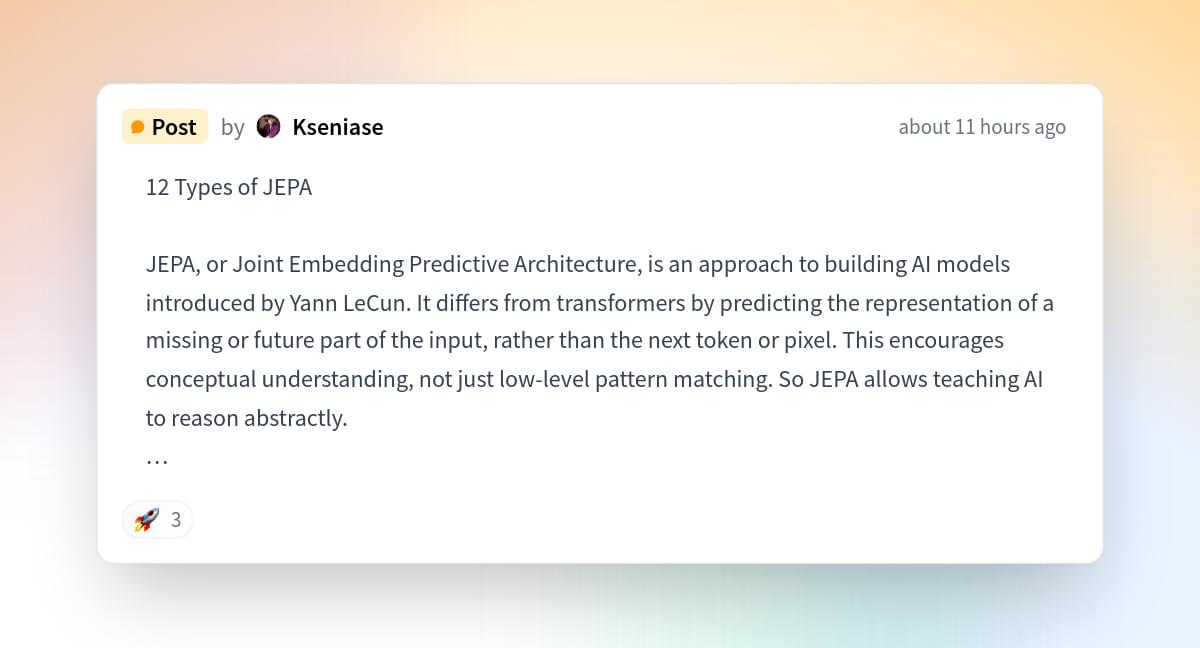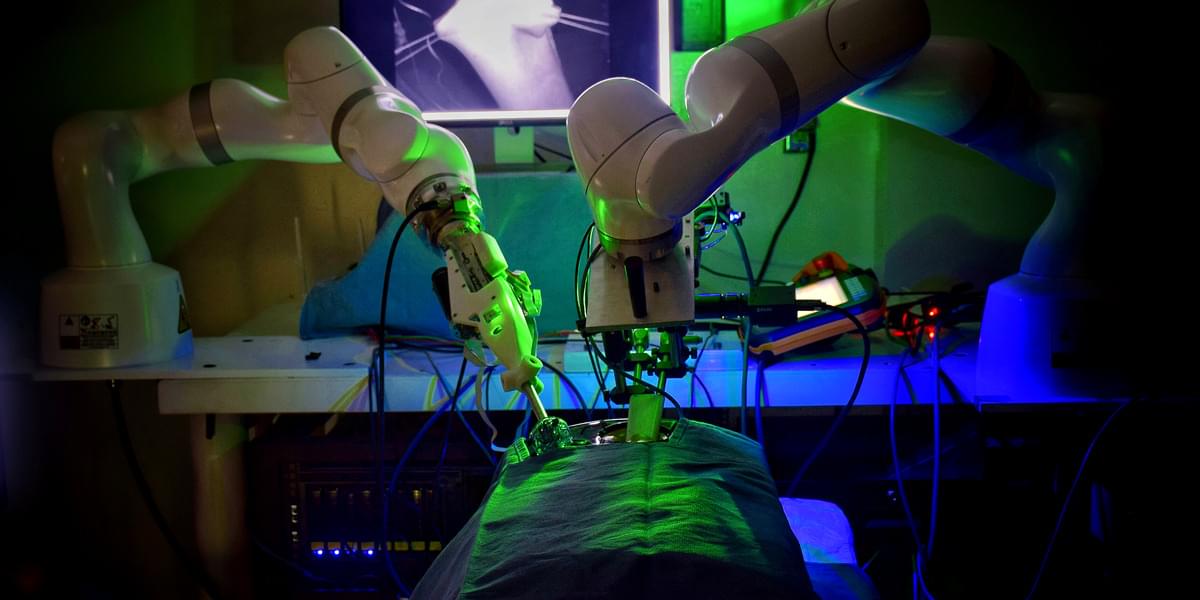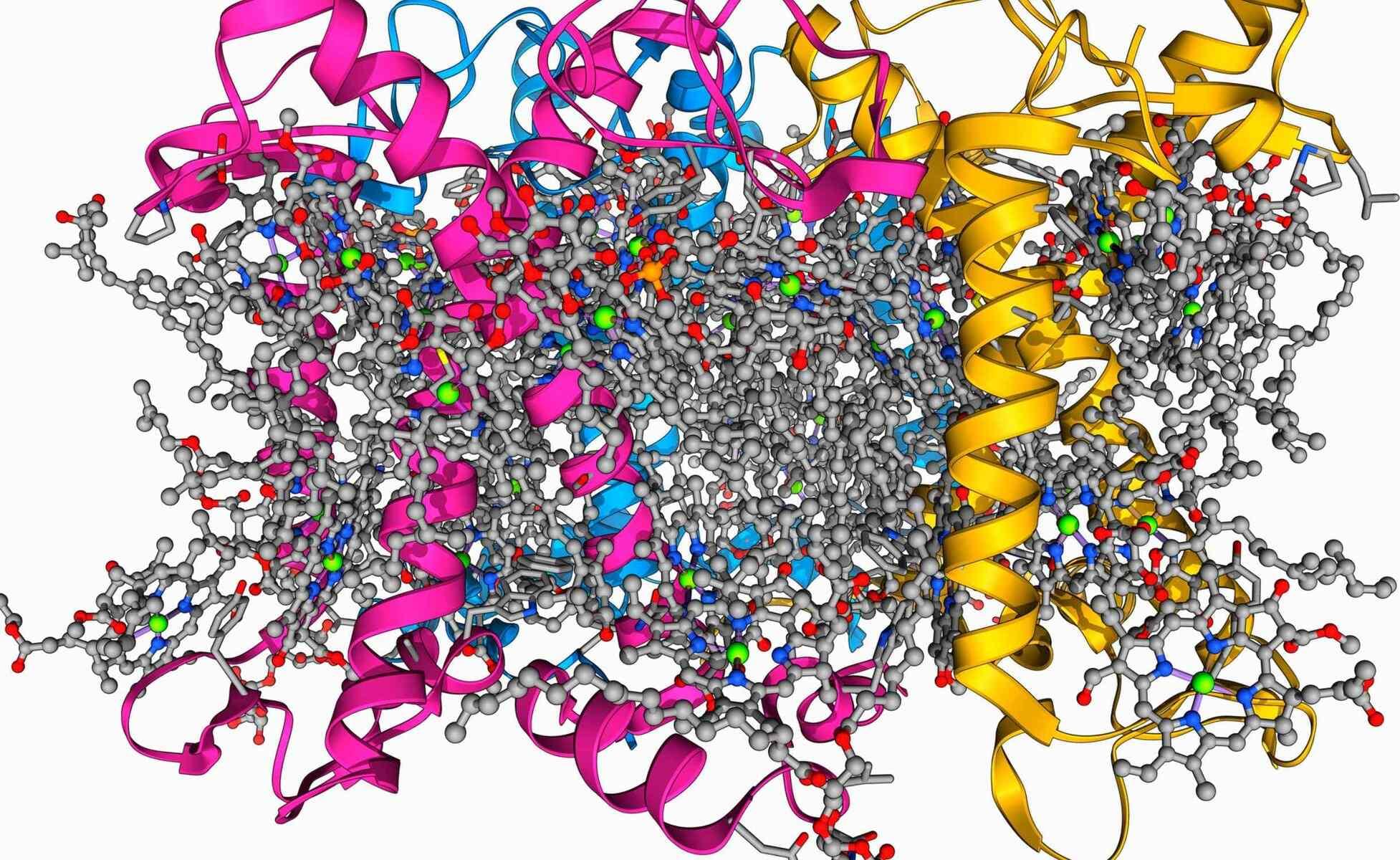We’re on a journey to advance and democratize artificial intelligence through open source and open science.
New research reveals that acute stress can impair key brain functions involved in emotion regulation, particularly in individuals with distress-related disorders like depression, anxiety, and borderline personality disorder.
Tracking the same neurons in the brain over time has long challenged neuroscientists using calcium imaging in freely moving mice.
Scientists may have discovered the most powerful particle colliders in the universe — and they’re strewn throughout our galaxy just waiting to blow.
A new neuroimaging study from China has found that an eight-week course of bright light therapy helped reduce depressive symptoms in individuals with subthreshold depression. The treatment also altered dynamic functional connectivity in several brain regions associated with mood regulation. The study was published in the Journal of Affective Disorders.
Subthreshold depression refers to the presence of depressive symptoms that are clinically relevant but do not meet the full diagnostic criteria for major depressive disorder. Individuals with subthreshold depression may experience persistent sadness, fatigue, sleep disturbances, or concentration problems, but with fewer symptoms or a shorter duration than required for a formal diagnosis.
Despite being “subthreshold,” the condition can impair daily functioning and reduce quality of life. It is also linked to an increased risk of developing major depression in the future. Subthreshold depression is common—especially among adolescents, older adults, and individuals with chronic illnesses—and it often goes undiagnosed and untreated because the symptoms are perceived as mild or situational. However, research shows that even mild depressive symptoms can negatively affect social relationships, job performance, and physical health.
Scientists observe ribosomal cooperation that prevents pauses in protein synthesis, revealing new dynamics for cellular efficiency.
As ocean levels rise, coastal communities face an ever-increasing risk of severe flooding. The existing infrastructure protecting many of these communities was not built to withstand the combined threat of rising seas and severe storms seen in this century.
While reinforcing existing flood barriers poses a costly challenge for at-risk communities, it also provides the opportunity to introduce innovative solutions that can provide both flood prevention and environmental benefits.
A group of researchers at UC Santa Cruz and the U.S. Geological Survey has evaluated one such flood mitigation solution, which can reinforce levees while creating environmentally beneficial coastal habitats. In a study published on May 9 in Scientific Reports, the team evaluated the effectiveness of “horizontal levees”—traditional levees retrofitted with a sloping, wetland border—as a means of strengthening shorelines against the threat of rising sea levels.
Intempus wants to retrofit robots to be able to convey human expression to make them easier to understand and to deliver richer data.









